Fall is the perfect time to cozy up inside and enjoy what the season has to offer. Rather than feeling downcast that it’s chilly outside and the nights get longer, make the most of your time indoors. Look forward to enjoying a steaming mug of hot chocolate, while planning fall decor ideas, carving out a pumpkin, or relaxing to music with a glass of red wine.
But while all these activities are comforting, they can sometimes lead to spillages and possible stains on your furniture or flooring. I spoke to Sam Deeble, Furniture Specialist at Woods Furniture, to get some expert insight on tackling the most common stains this fall.
1. Hot drink stains
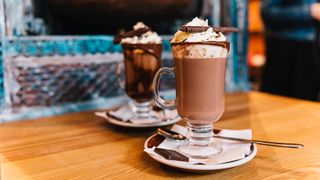
When it’s cold outside, we all enjoy the warmth of a hot drink to take away the chill, but some seasonal favorites can lead to spills. “Whether it’s hot chocolate or a pumpkin spice latte, the heat from the drink can cause stains to set deeper into fabrics and surfaces,” says Deeble.
“Hot chocolate, in particular, contains a high oil content from the cocoa, making it especially difficult to remove. Milk-based drinks can also be tricky, as the fats and proteins tend to bond tightly to fabrics and materials, making stains even more stubborn,” he explains.
Wooden furniture is slightly different from fabric as it doesn’t absorb liquid as quickly, but it still needs to be cared for, as otherwise it can cause lasting damage. “A simple solution of dish soap and warm water works effectively for cleaning wooden surfaces,” says Deeble. “Mix one teaspoon of dish soap with one cup of warm water, and use a clean microfibre cloth to gently wipe the affected area. This should remove the spill without leaving a mark.”
However, spills on fabric can be more challenging and should be tackled differently. “Start by blotting up as much liquid as possible to prevent it from soaking deeper into the fibers,” explains Debble. Then, apply a cleaning solution made from dish soap and water, gently blotting the stain with a microfibre cloth.”
This stage will need to be repeated until the stain lifts, then the area should be left to dry completely. Deeble mentions that an upholstery cleaner might be the best solution for particularly tough stains.
2. Pumpkin stains
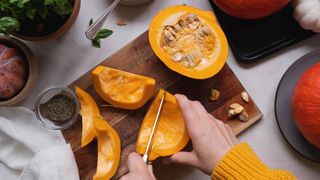
There’s no getting away from fall being pumpkin season. Whether adding this fruit to a culinary delight or carving out a pumpkin for decoration, the orange pulp can easily cause stains. “Pumpkin stains are notoriously tough to remove due to the tannins and carotenoids, which are natural pigments found in pumpkins. Acting quickly is key to preventing the stain from setting,” says Deeble.
To tackle upholstery stains, Deeble suggests scraping off any excess pumpkin pulp or residue without rubbing it further into the fabric. The stain should then be rinsed under cold water, ideally from the back of the stain, to help push it out of the fibers. A stain remover or dish soap and water solution can be applied, followed by gentle blotting with a clean cloth.
Baking soda and vinegar make an excellent cleaning solution and are perfect for furniture. Deeble says, “Create a solution by adding a few drops of white vinegar to baking soda and using a microfiber cloth to apply it to the stain. Once the stain is lifted, use a fresh, damp cloth to rinse the affected area. Wipe the surface and leave to dry.”
For other surfaces, he recommends a solution of dish soap and water to lift stains and remove pumpkin residue.
3. Red wine stains
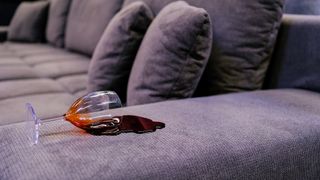
I enjoy snuggling up on my sofa in the fall with a glass of red wine in the evening, but any red spillage is notoriously difficult to remove (trust me!). Deeble explains this is because of the high pigment and tannin content and that, therefore, quick action is needed. “Begin by blotting the stain immediately with a paper towel, absorbing as much liquid as possible,” he advises.
Combining baking soda and vinegar can work well to treat red wine stains on upholstery. Deeble suggests, “Sprinkle baking soda onto the affected area, then add a tablespoon of white vinegar. Allow the mixture to sit for a few minutes as it begins to foam. Gently work the solution into the stain using a damp microfiber cloth, repeating the process until the stain is lifted.”
Although baking soda and vinegar work well on upholstery, they are not recommended for wooden furniture as they can damage the surface. Instead, Deeble recommends blotting the stain immediately with a soft cloth or paper towel to absorb as much liquid as possible. The next stage is to gently wipe the area with a mild solution of soap and warm water without saturating the wood.
Although baking soda and vinegar work well on upholstery, they are not recommended for wooden furniture as they can damage the surface.
“If the stain remains, try a commercial wood cleaner or stain remover, but always test it on an out-of-sight area first,” says Deeble. And if the stain has penetrated the wood’s finish, he recommends a light sanding and reapplication of a wood polish to restore the surface.
You might also need to know how how to remove red wine stains from carpets and clothes, if the spillage has landed elsewhere.
4. Chocolate stains

With Halloween and pumpkins come lots of chocolate treats, and we don’t think they should be restricted to the kids! But chocolate candy can become sticky and messy and is a tough stain to remove.
When dealing with chocolate stains on upholstery, Deeble advises to begin by gently scraping off any excess chocolate with a spoon or butter knife. The next step is to mix one tablespoon of washing-up liquid with two cups of cold water, then apply the solution to the stain using a microfiber cloth.
He recommends blotting blotting the area and repeating the process until the stain is lifted. Then, rinse with a clean, damp cloth and finish by patting the area dry with a towel.
Removing chocolate stains from wooden surfaces is much easier. “Carefully scrape off any excess chocolate without damaging the wood,” he says, “Instead of using water directly, dampen a cloth with a mild washing-up liquid solution and gently wipe the affected area. Ensure the surface is dried immediately to prevent any potential water damage.”
5. Candle wax stains
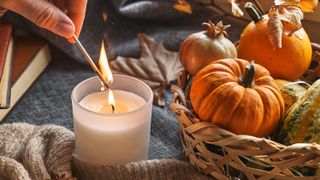
I love the ambience a scented candle brings to a room in the fall, from the flickering light to the delightful aroma. It’s an easy way to make your home smell good. However, when the wax gets onto your furnishings, it can be tricky to remove.
When treating wax stains on upholstery, Deeble advises to leave the wax to harden completely before attempting to remove it. “Once hardened, gently scrape off the excess wax using a butter knife or spoon, being careful not to damage the fabric.”
If any residue remains, he suggests placing a paper towel or brown paper over the affected area. Then, gently place a warm iron over the area to melt the remaining wax, which should transfer to the paper. The area can then be blotted with a mild washing-up liquid solution before rinsing with a damp cloth and allowing it to dry.
“For wooden surfaces, let the wax harden before carefully peeling or scraping it off using a soft tool, like a credit card, to avoid scratching the wood,” says Deeble. “Once the excess wax is removed, wipe the area with a soft cloth dampened with warm, soapy water.”
The surface should then be dried thoroughly to prevent water damage. If any wax residue remains, he suggests a small amount of white vinegar on a soft cloth to help lift it without damaging the wood.
More from Tom's Guide
- Discover 5 stain removal mistakes to avoid at all costs
- And how to clean painted walls to remove stains
- Plus, 5 easy hacks to remove coffee stains



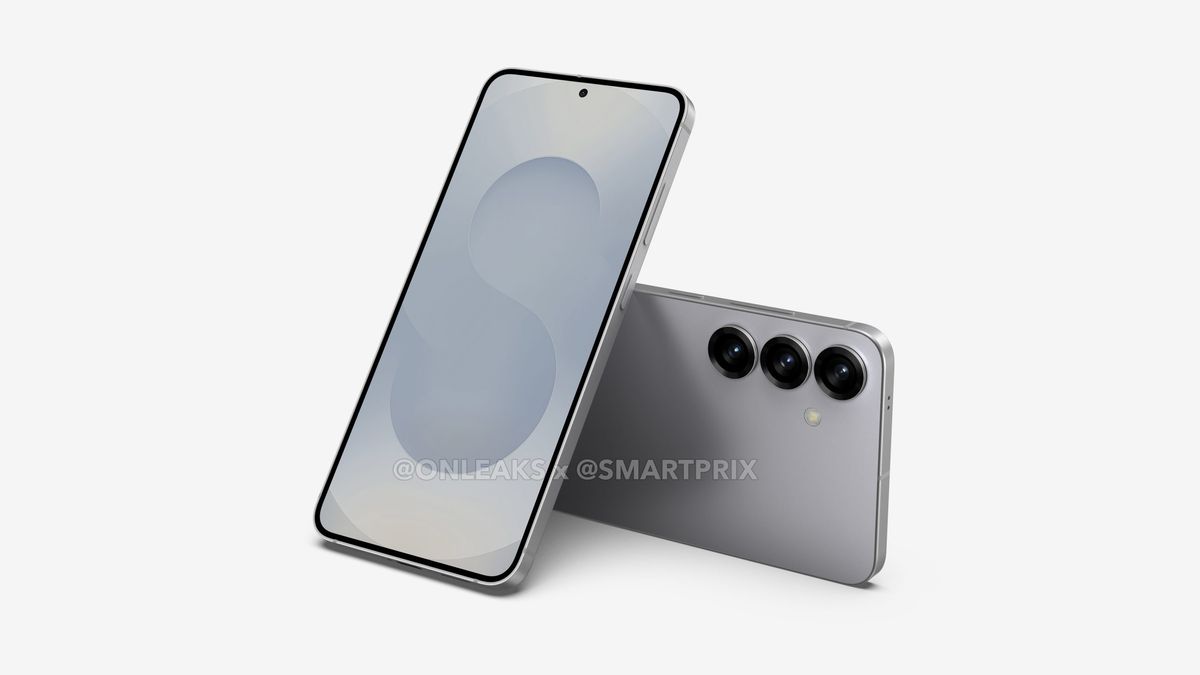
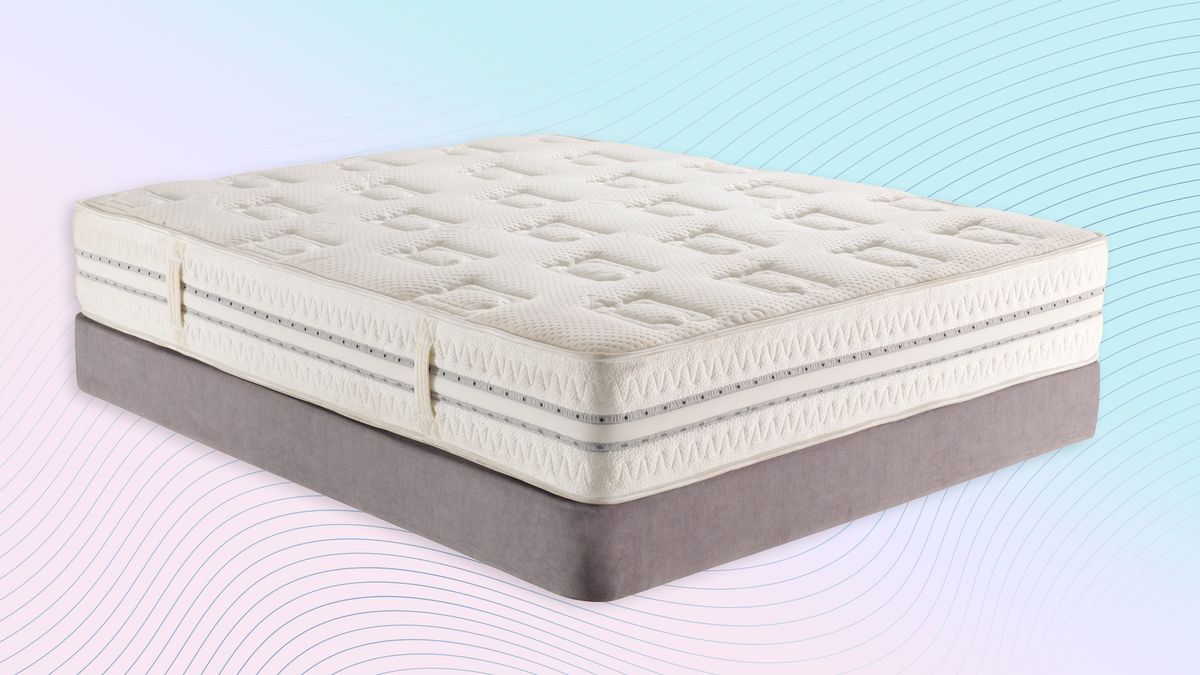
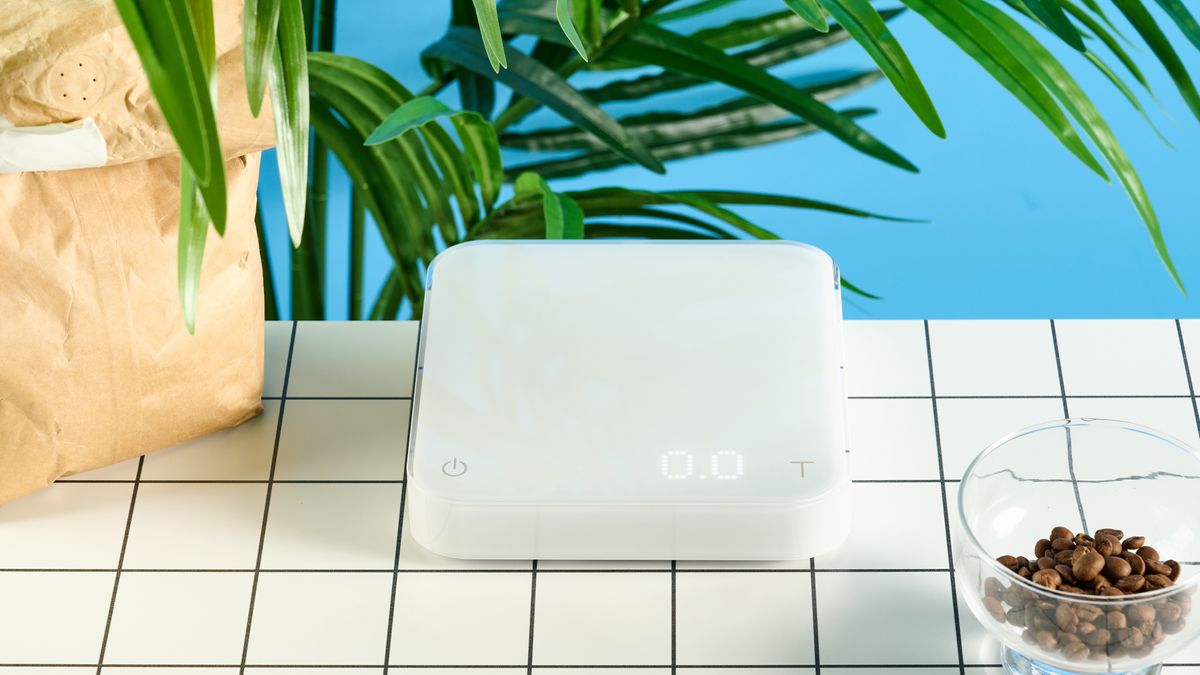



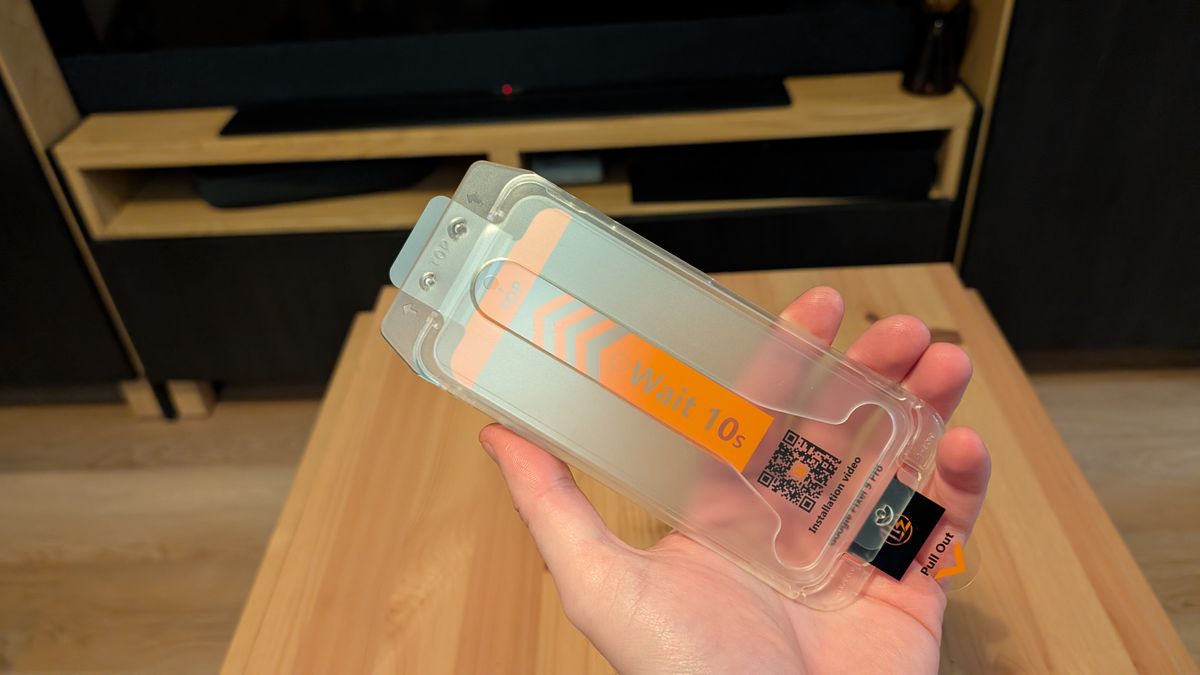

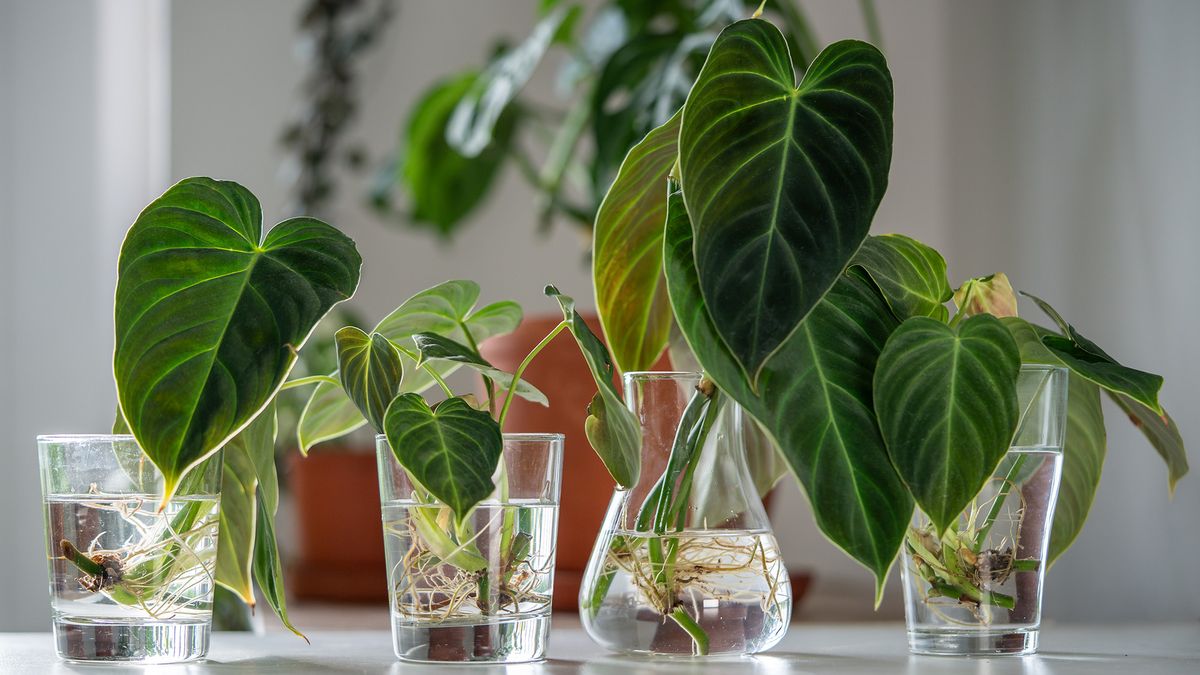









 English (US) ·
English (US) ·